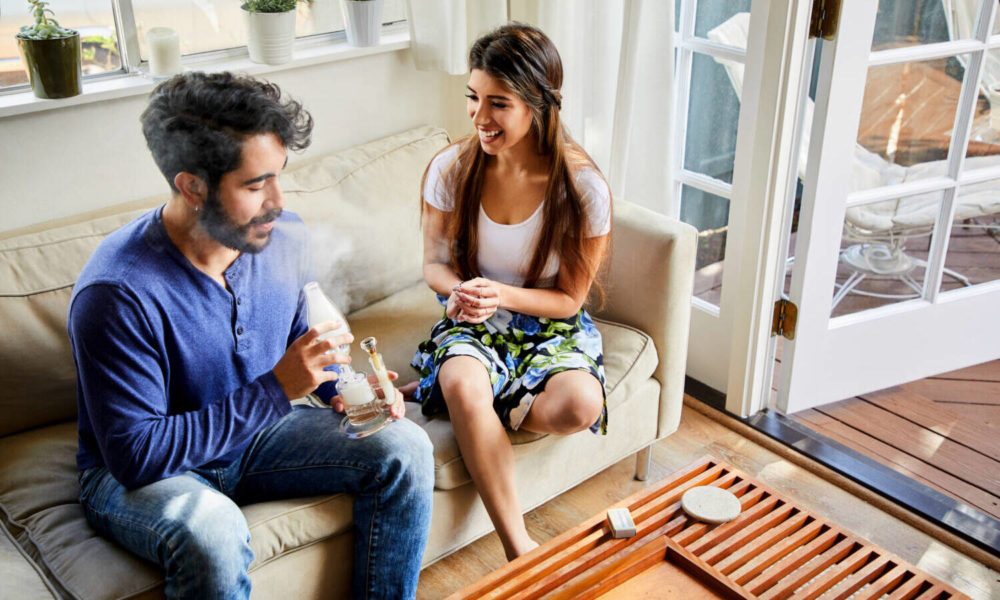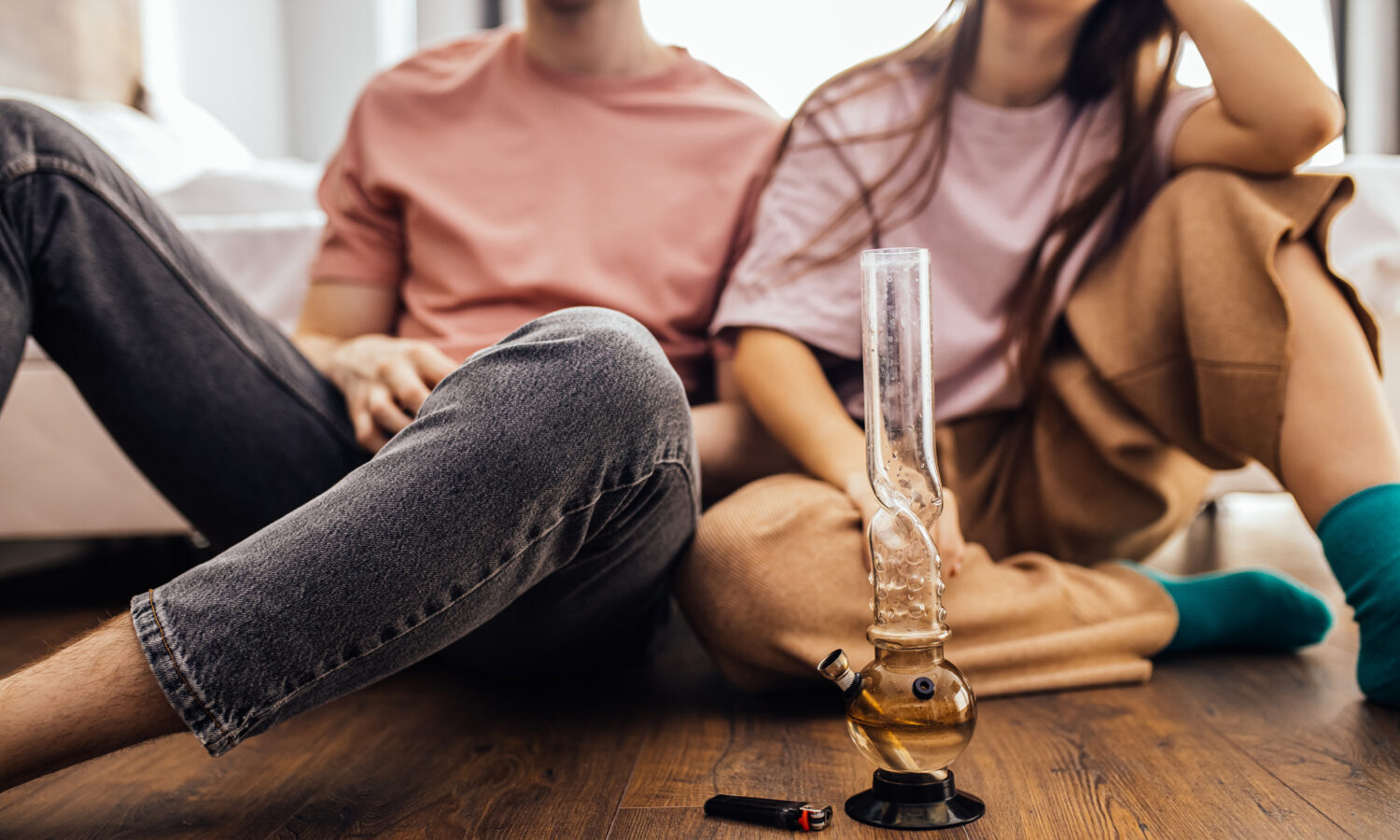Blogs
Why Males And Females Respond Differently To Cannabis

Generally, cannabis effects that have been closely linked to gender differences include anxiety and depression, pain relief, appetite, sex drive, energy, and even the tendency to drive under the influence.
Traditionally, males have consumed cannabis more than females. However, this gap is quickly closing as more females are becoming regular cannabis consumers seeking both medical and recreational gains. Do males and females experience cannabis in the same way?
Key Takeaways
- Males and females experience cannabis differently
- Males have more CB1 receptors in the CNS
- Females have fewer but greater binding at CB1 receptors in the CNS
- THC effects are more potent and prolonged in females
- Females may experience greater pain and relief from cannabis compared to males
- Cannabis is likely to reduce libido in males and increase it in females
- Results of sex-based differences in driving under the influence are conflicting.
How one experiences cannabis is affected by several factors including the chemovar in question, frequency of use, environmental setting, and even placebo effects. At the physiological level, two plausible theories come to mind. One has to do with gonadal differences between males and females while the other has to do with the phenomenal and intriguing endocannabinoid system. And the two theories could still be interconnected.
It now emerges that males and females don’t have an identical endocannabinoid system and this makes them respond to cannabis differently. In a nutshell, males and females can share a joint but end up having very different experiences.
Generally, cannabis effects that have been closely linked to gender differences include anxiety and depression, pain relief, appetite stimulation, sexual drive, energy balance, and even the tendency to drive under the influence. The strength of the effects and even side effects experienced are apparently also influenced by male/ female differences in the ECS.
In this article, we have analyzed the results from a review study investigating sex-based differences in responding to cannabinoids with a focus on cognitive and emotional behavior. The review which was published in Behaviour Neuroscience in 2011 was titled “Sexually dimorphic effects of cannabinoid compounds on emotion and cognition.” This article also mentions later studies that have investigated the same issue.

Cannabinoid Receptor Differences
From preliminary research, it appears that males have more receptor binding sites for the CB1 receptors while the CB1 binding sites for females though minimal are more efficient. Just as a reminder, CB1 receptors are abundant in the higher centers and therefore are responsible for most of the psychoactive effects of cannabis. These are the same receptors to which anandamide (the bliss molecule) binds.
The studies analyzed included young rats, adult animals, as well as adolescents. Though a clear picture emerged from the analysis the CB1 variance was stronger in the younger rats.
Most studies covered in the review focused on the hippocampus, amygdala, hypothalamus, and cortex. Males consistently showed a higher prevalence of CB1 receptors in most of the cerebral regions. At the same time, females showed higher CB1 receptor- G protein coupling.
In simpler terms, males appear to have more CB1 receptors in the brain while females, even with fewer CB1 receptors, exhibit higher effectiveness at the CB1 receptor.
Sex Differences in Breakdown of THC
The review also examined sex differences in the breakdown of the psychoactive cannabinoid THC. In females, THC is metabolized to 11-OH-delta-9-THC which retains THC’s potency. In males, THC is metabolized to 11-OH-delta-9-THC and the other three metabolites, diminishing its potency. From this, the researchers concluded that since females have a higher 11-OH-delta-9-THC, they are likely to experience stronger and prolonged psychoactive effects after consuming cannabis.
In a 2021 study, researchers used a rat model to compare the expression of the endocannabinoid system in males and females. The results from this study revealed that indeed there are significant sex-based differences in the expression of the ECS in parts of the central nervous system (CNS) that are involved with chronic pain and anxiety management.
A different study examined sex-based differences in the side effects experienced by males and females after consuming cannabis. Typically, females experience more side effects from conventional drugs. Participants in this cross-sectional study were adults with chronic non-cancer pain who were treated with a medical cannabis cultivar. Females were more susceptible to adverse effects from cannabis than their male counterparts.
In a 2010 review, researchers came up with the following conclusions on how males and females respond to cannabis differently.
Males
- Increased food intake
- Increased energy homeostasis
- Decreased sexual behavior
Females
- Increased analgesia
- Increased anxiety
- Increased sexual behavior
It’s clear that males and females have key differences in the ECS which affect their response to cannabinoids. However, research evidence on the exact mechanisms is mostly preliminary and scanty. Additionally, there’s a paucity of research on females, and this cuts across different fields. Further studies in this area are essential to guide cannabis prescription for medical and recreational use.
Source: https://thefreshtoast.com/cannabis/why-males-and-females-respond-differently-to-cannabis/